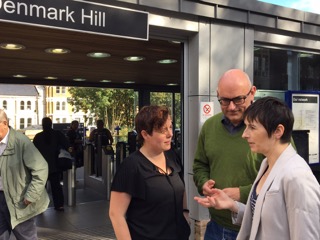Southwark Labour will be raising the basic level of Southwark council tax by 6% this year, which is the maximum they are legally allowed to without triggering a local referendum.
Council Tax is a totally regressive form of taxation.
The Liberal Democrat opposition produced an alternative budget which allows for the same increase in spending, but delivered through efficiency savings rather than a council tax increase.
It is a legal requirement that all budgets and amendments must be examined and signed off by the independent finance council officer as being ‘legal, balanced and implementable’. That means the savings found by Southwark Liberal Democrats to cover the increase spending on services have been established as accurate and deliverable. They have proposed cutting the number of Council spin-doctors, stopping production of the self-promoting magazine ‘Southwark Life’, and ending ‘Golden Goodbyes’ to Cabinet members who decide to resign months in advance.
Other sources of revenue have been found by providing more flexibility on annual leave to council staff and incentivising staff to take cheaper options on travel and hotels.
I would support raising council tax if it really was necessary but the first step should always be to look at how savings can be made. The Finance Chief has signed off that our plans to deliver the same front-line services without raising council tax are sound and implementable.
This is the second year in a row that Southwark Labour have taken the lazy option of increasing council tax to the max, rather than looking at Lib Dem ways of being smarter with people’s money. People are struggling. When there are proven ways to avoid increasing the cost of living above and beyond inflation and wage increases, then the council should take it.


